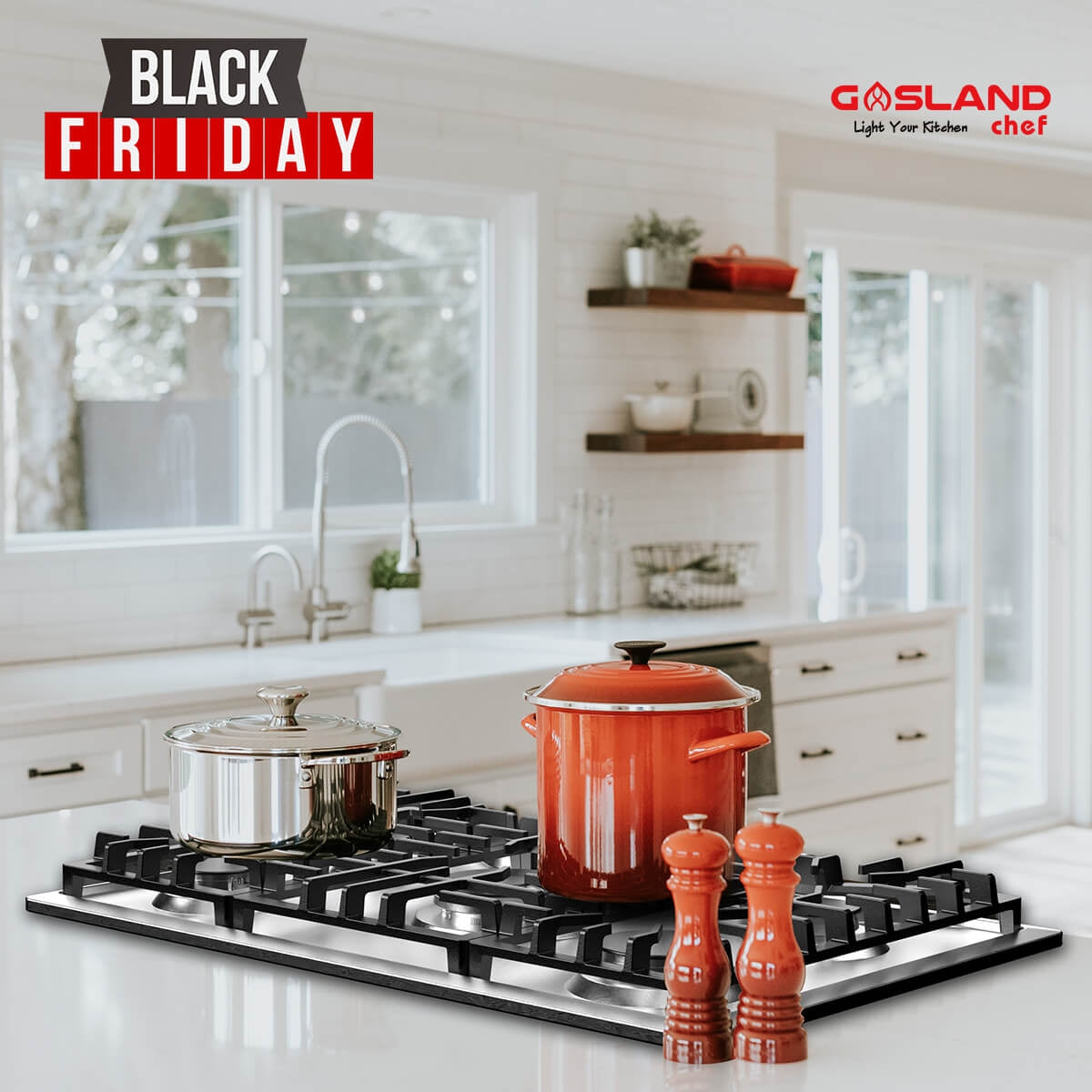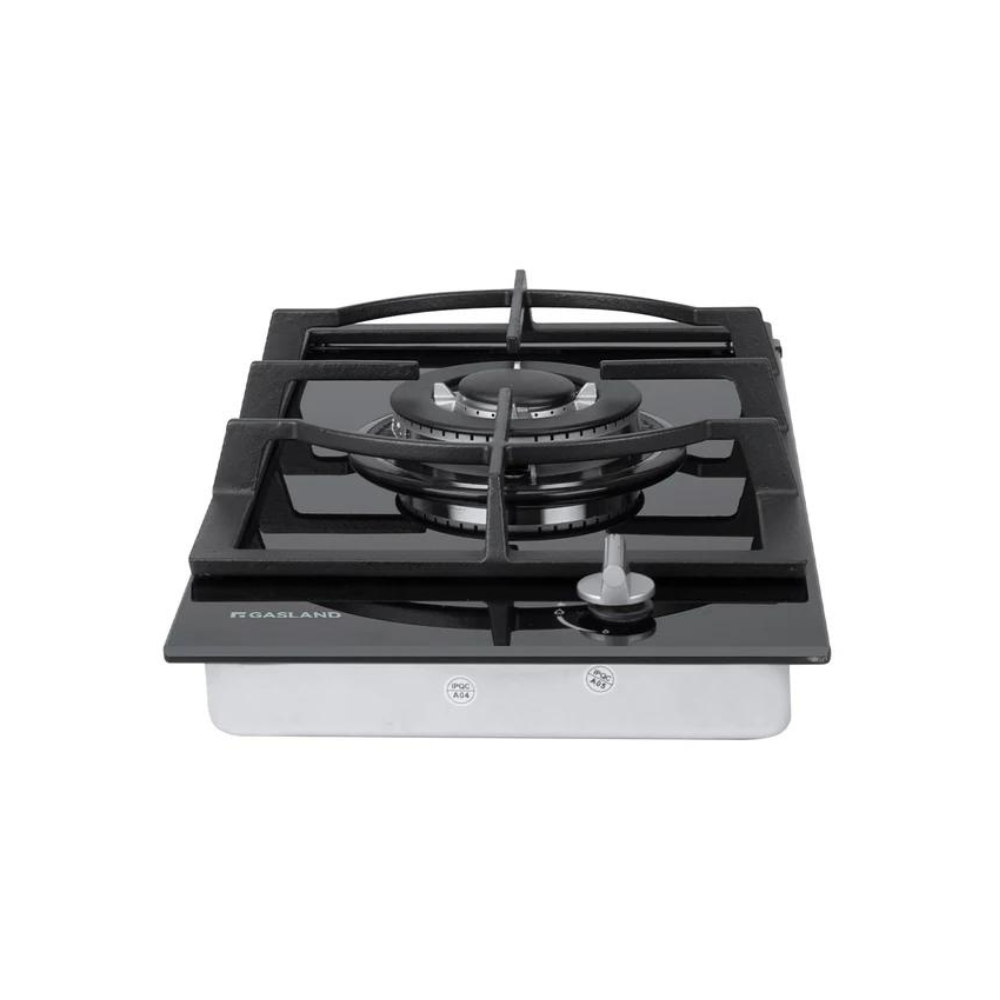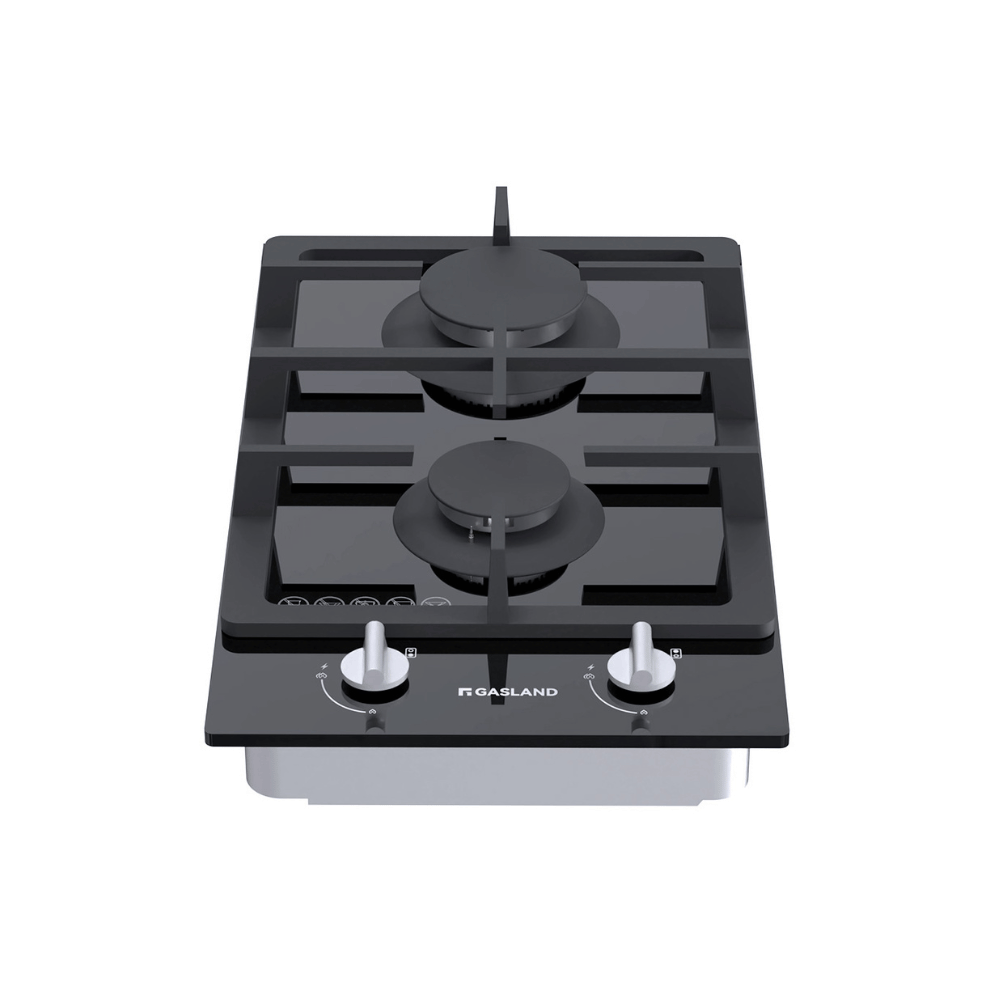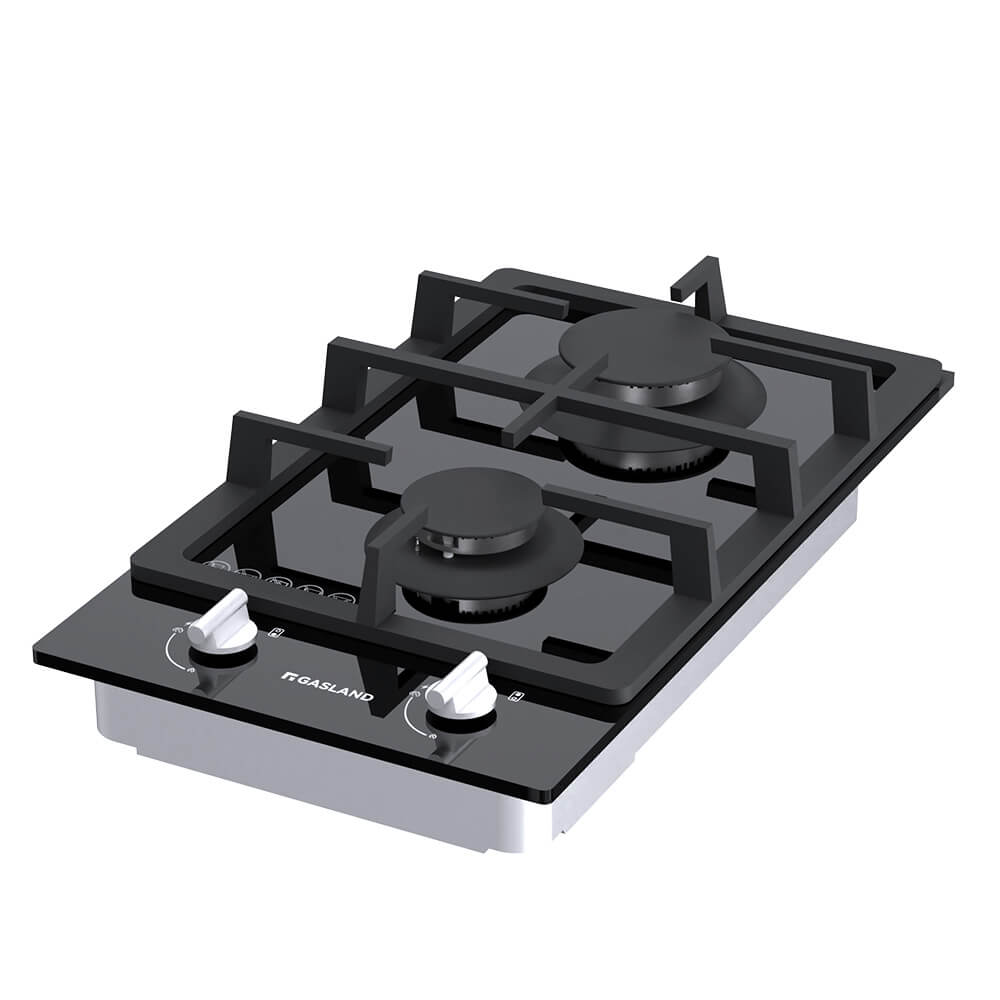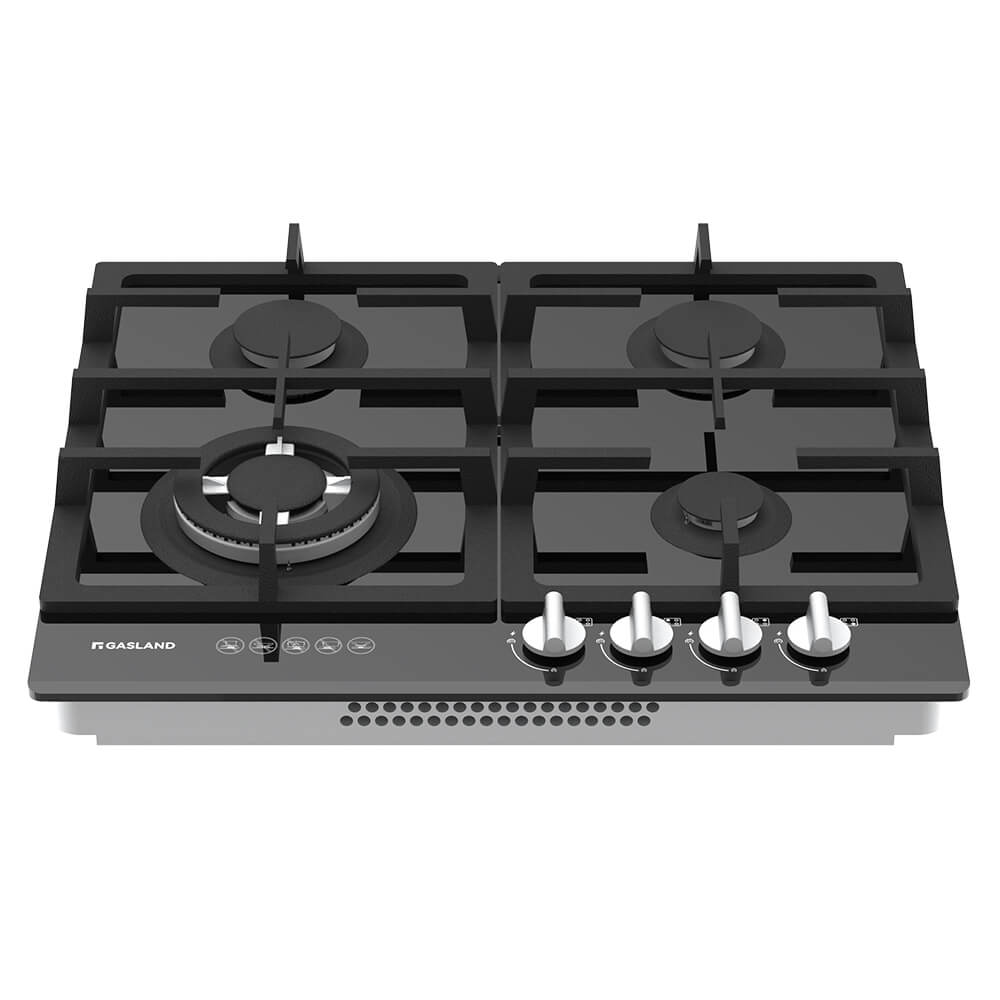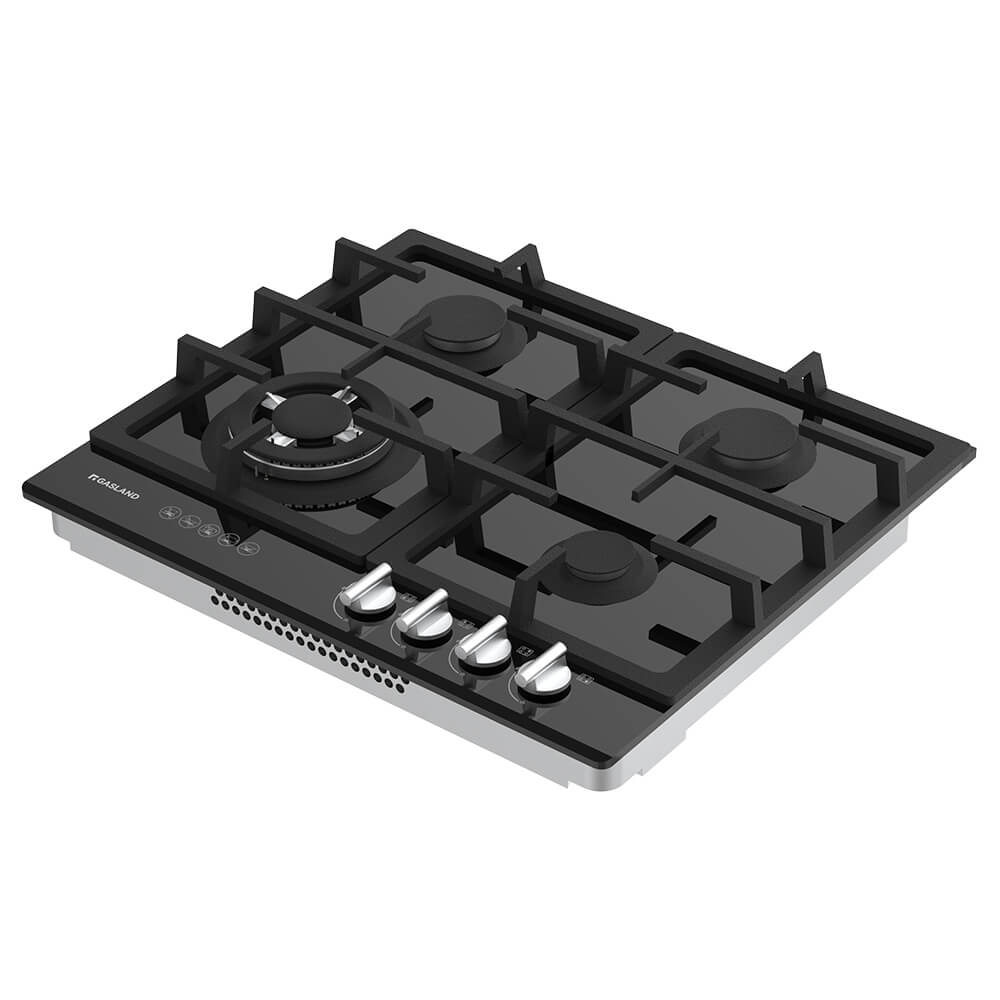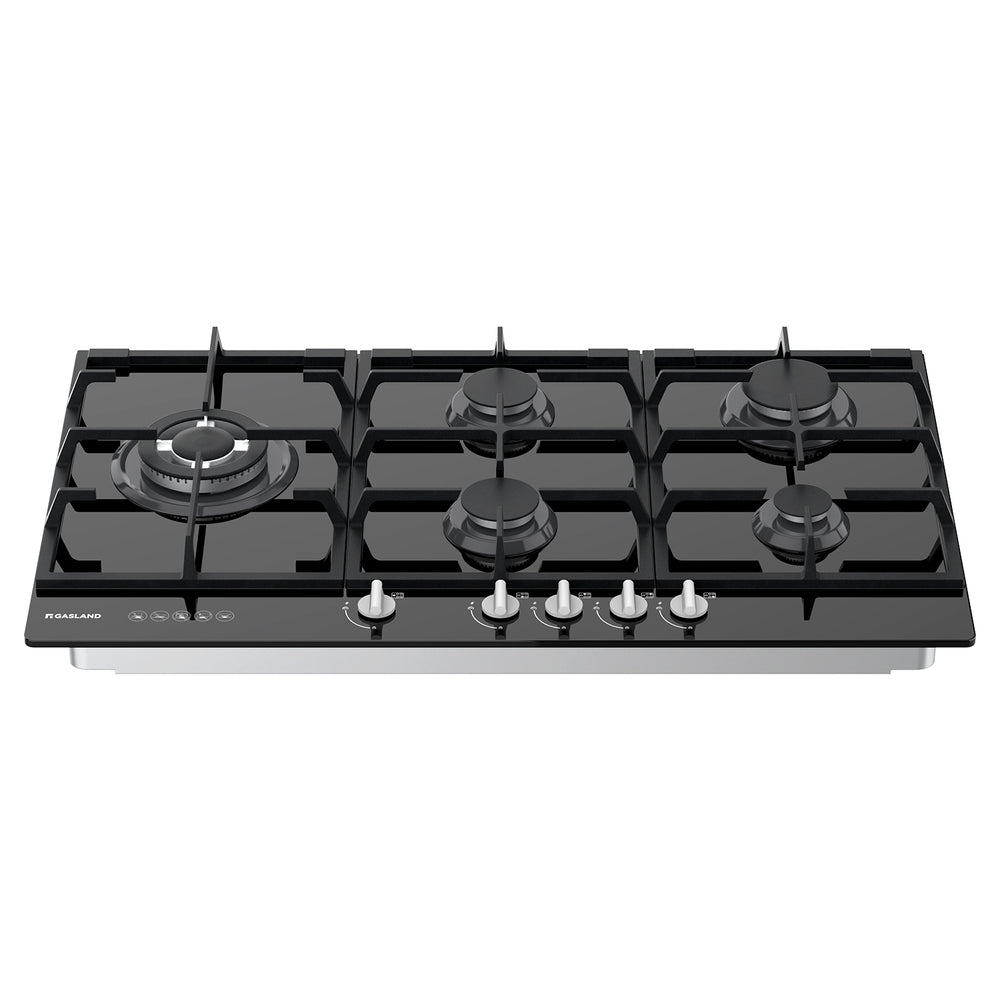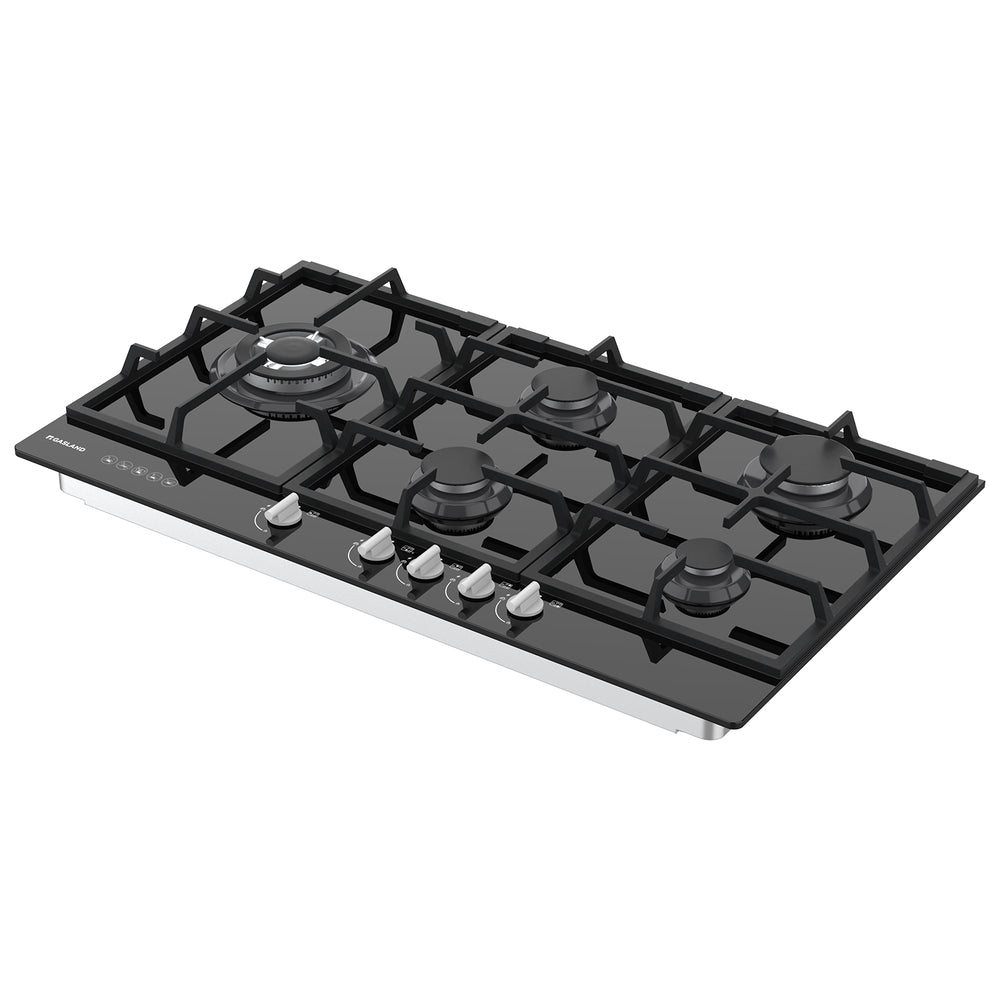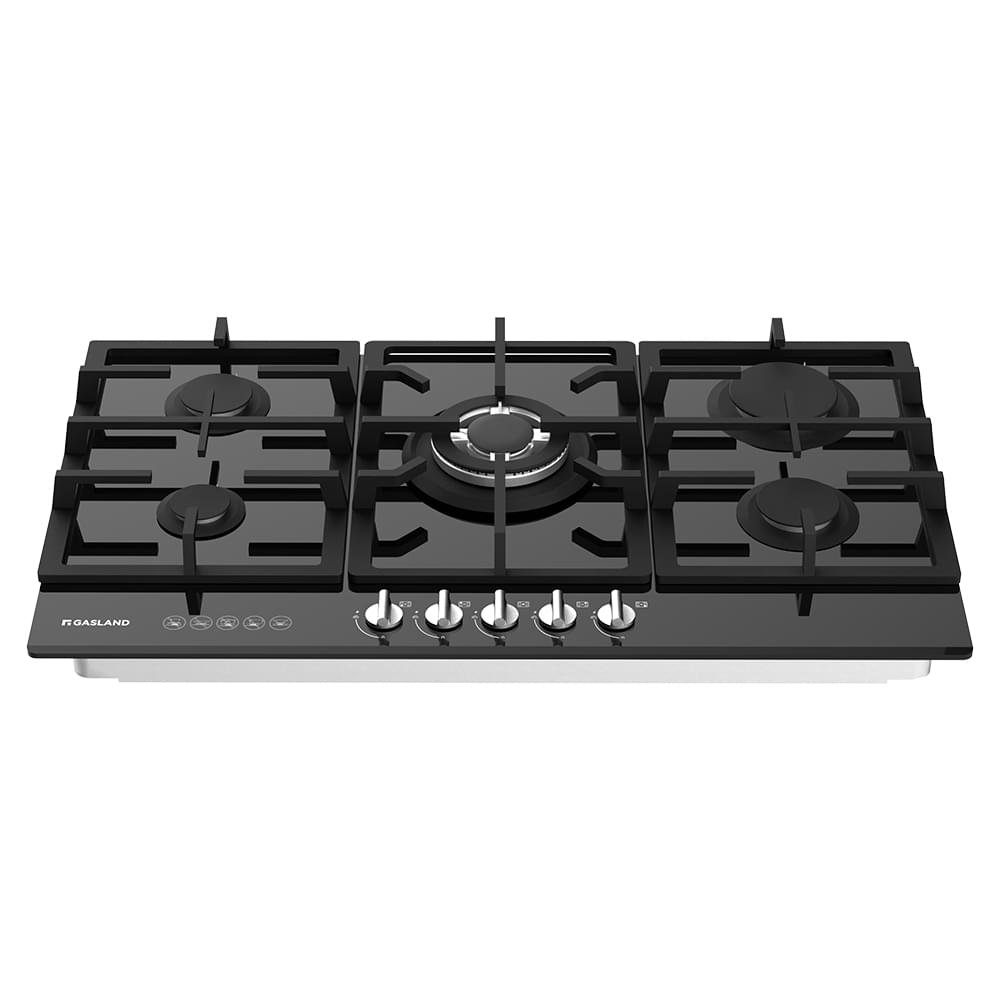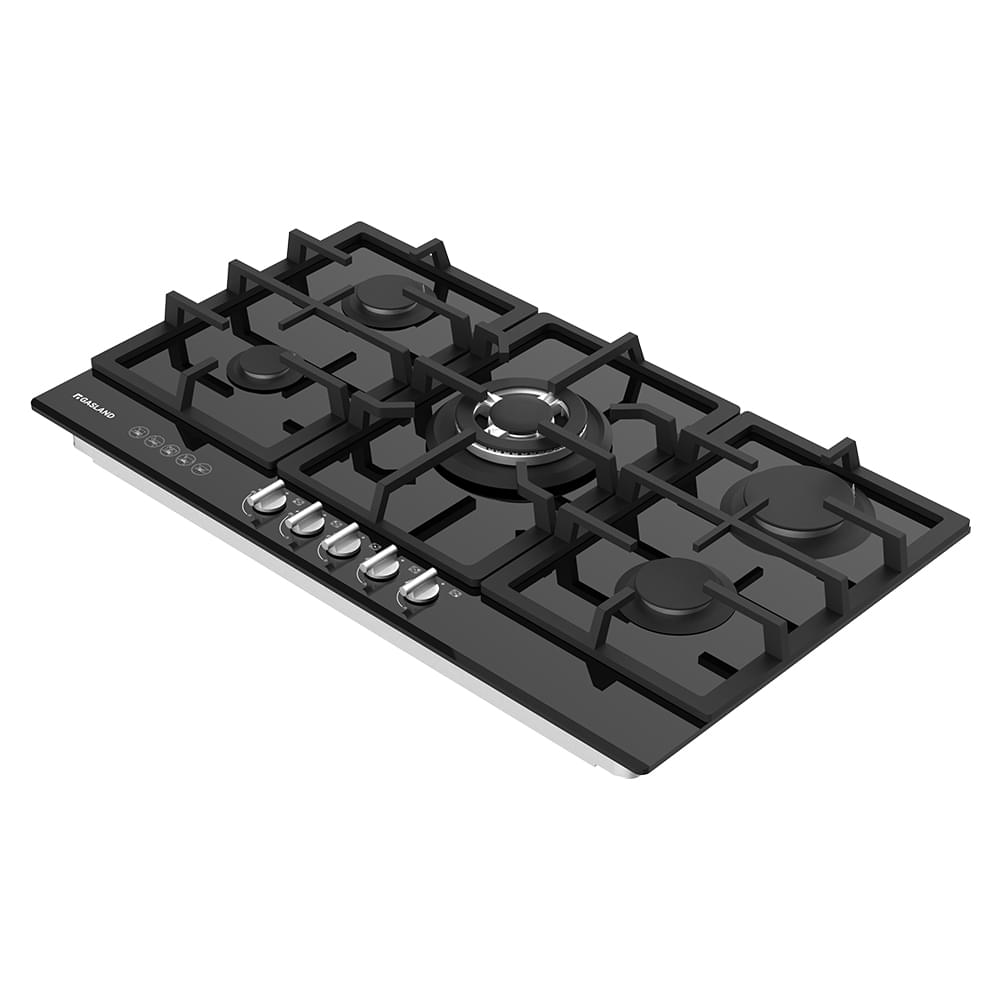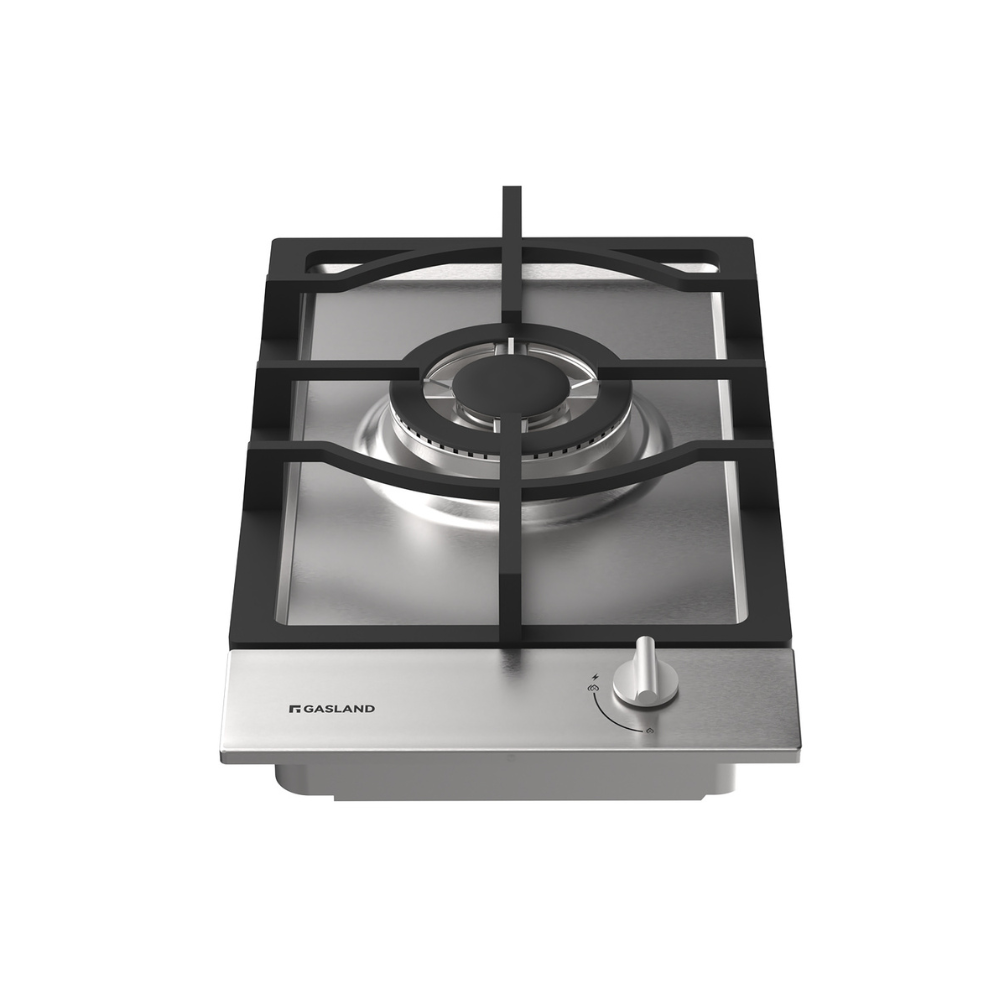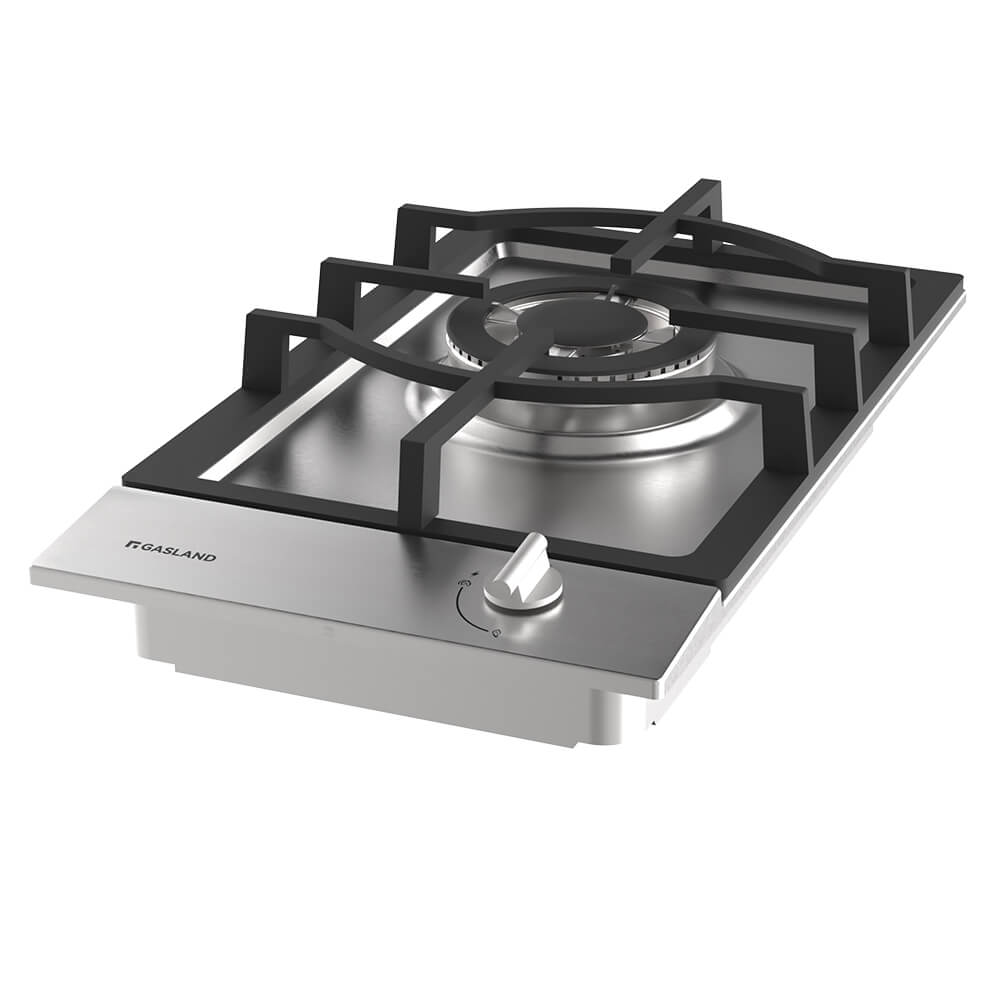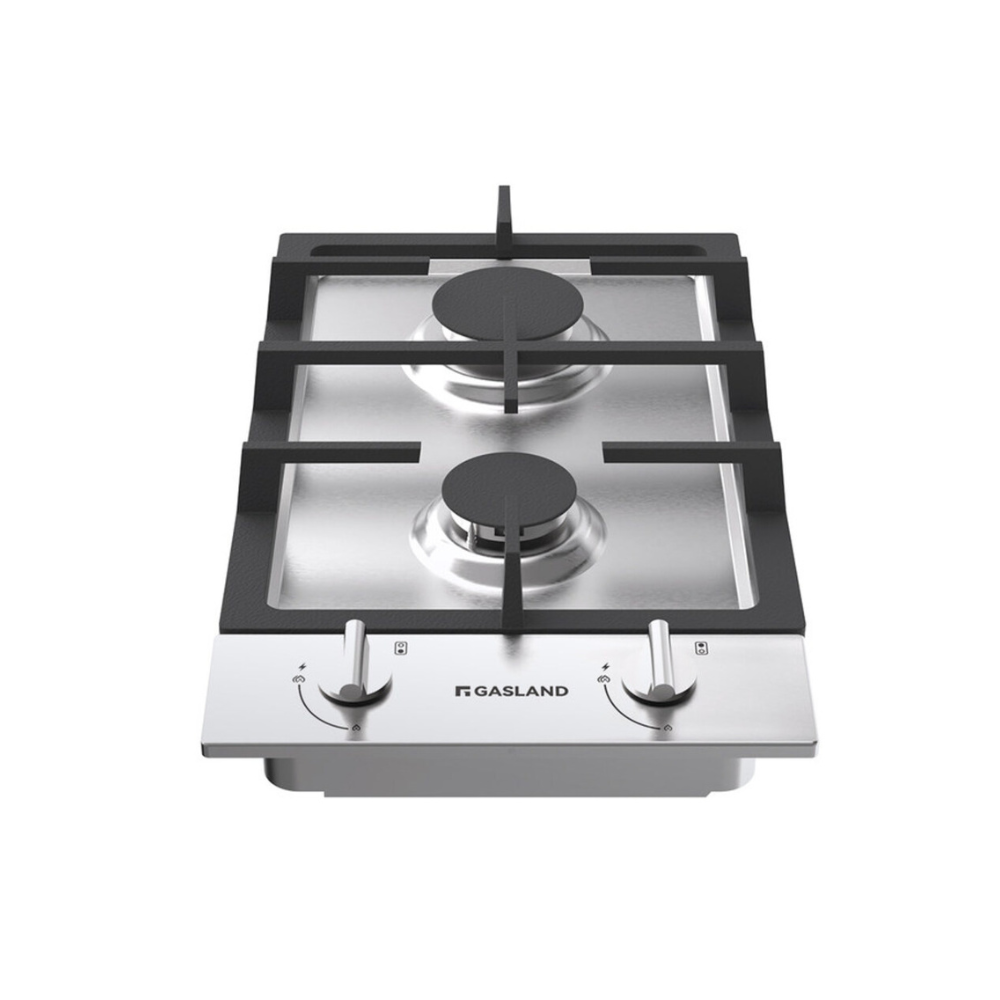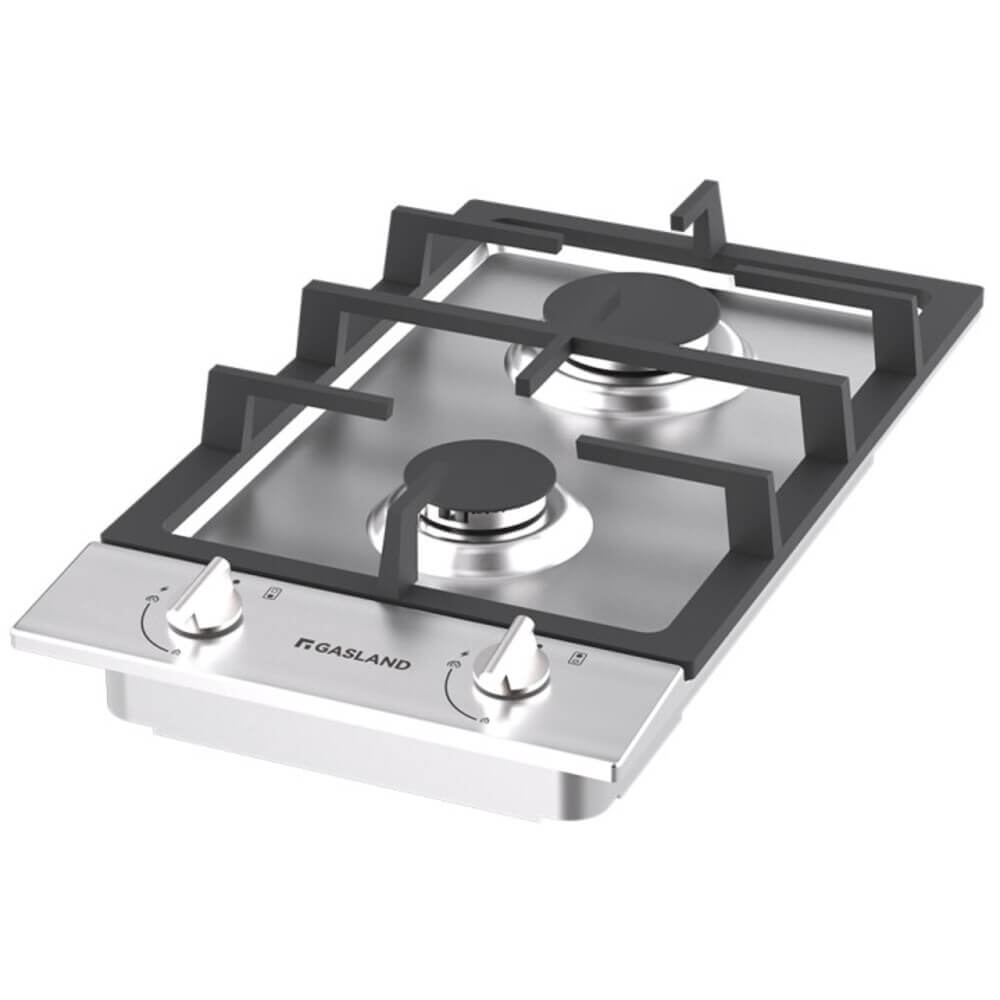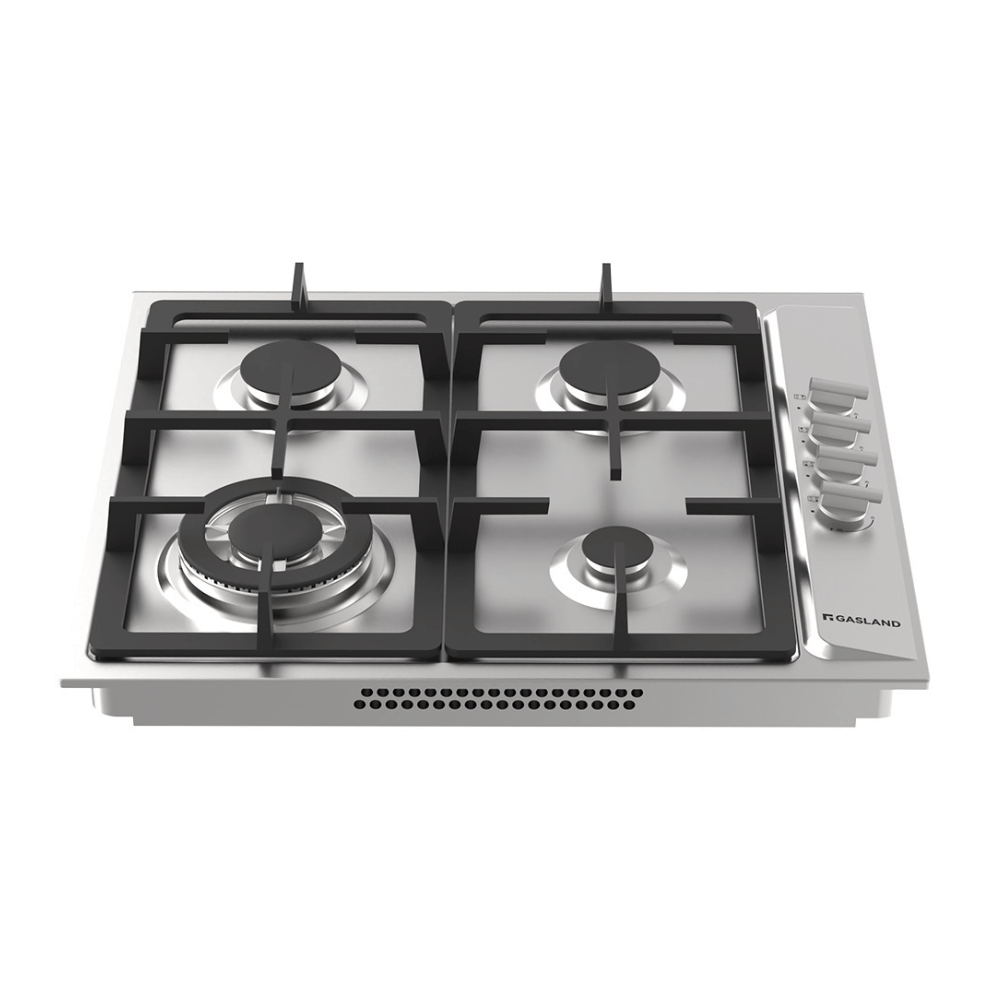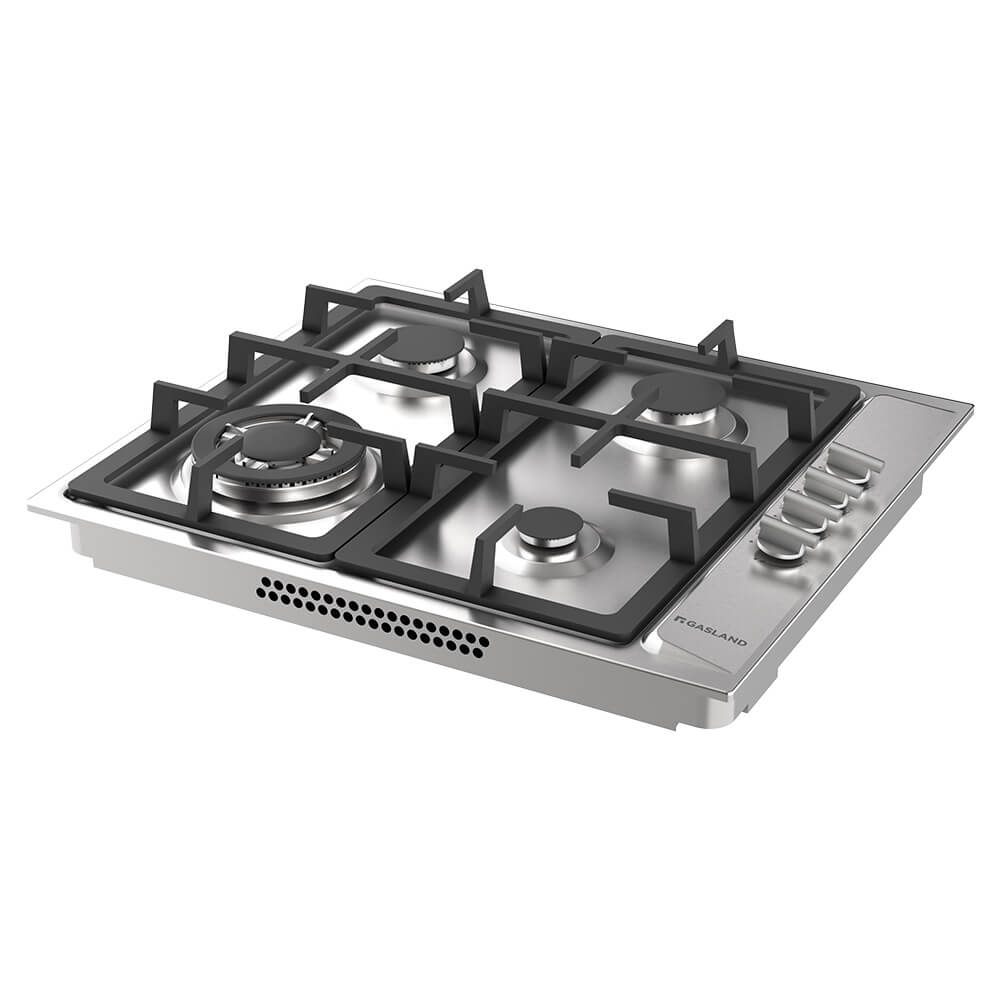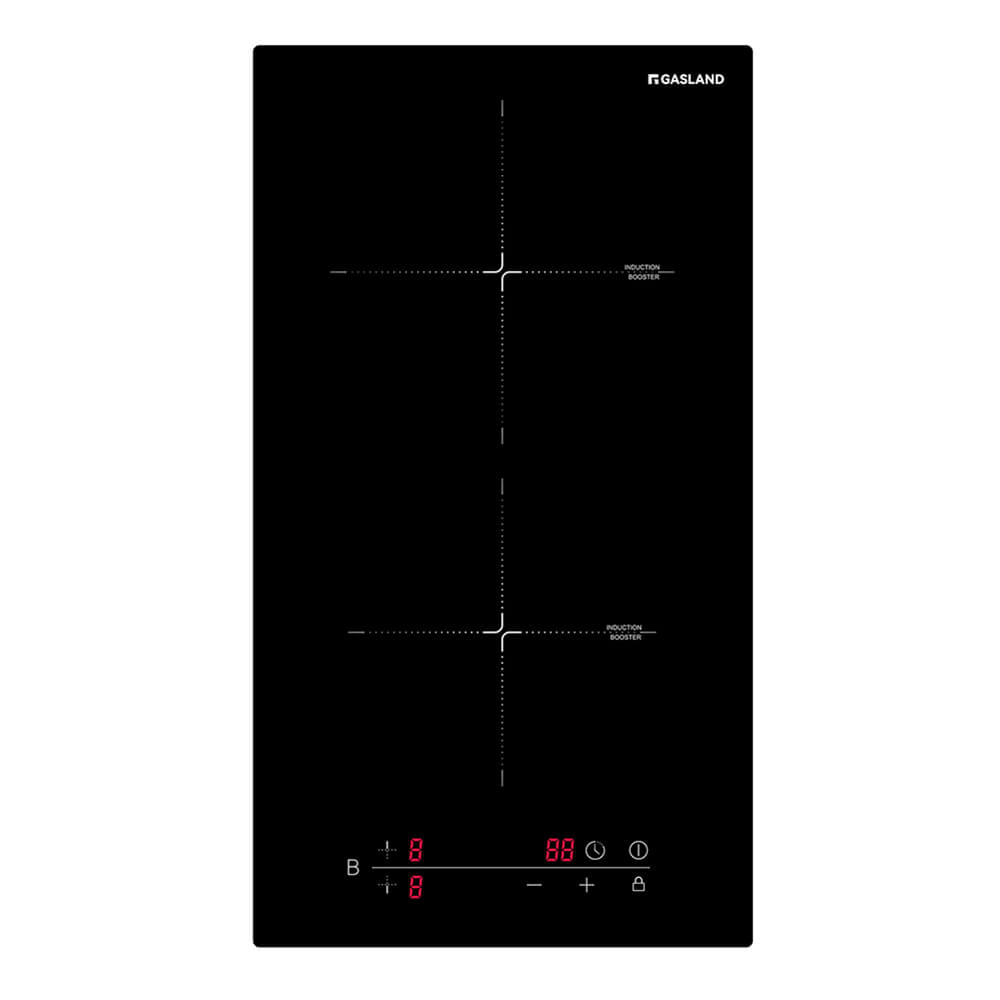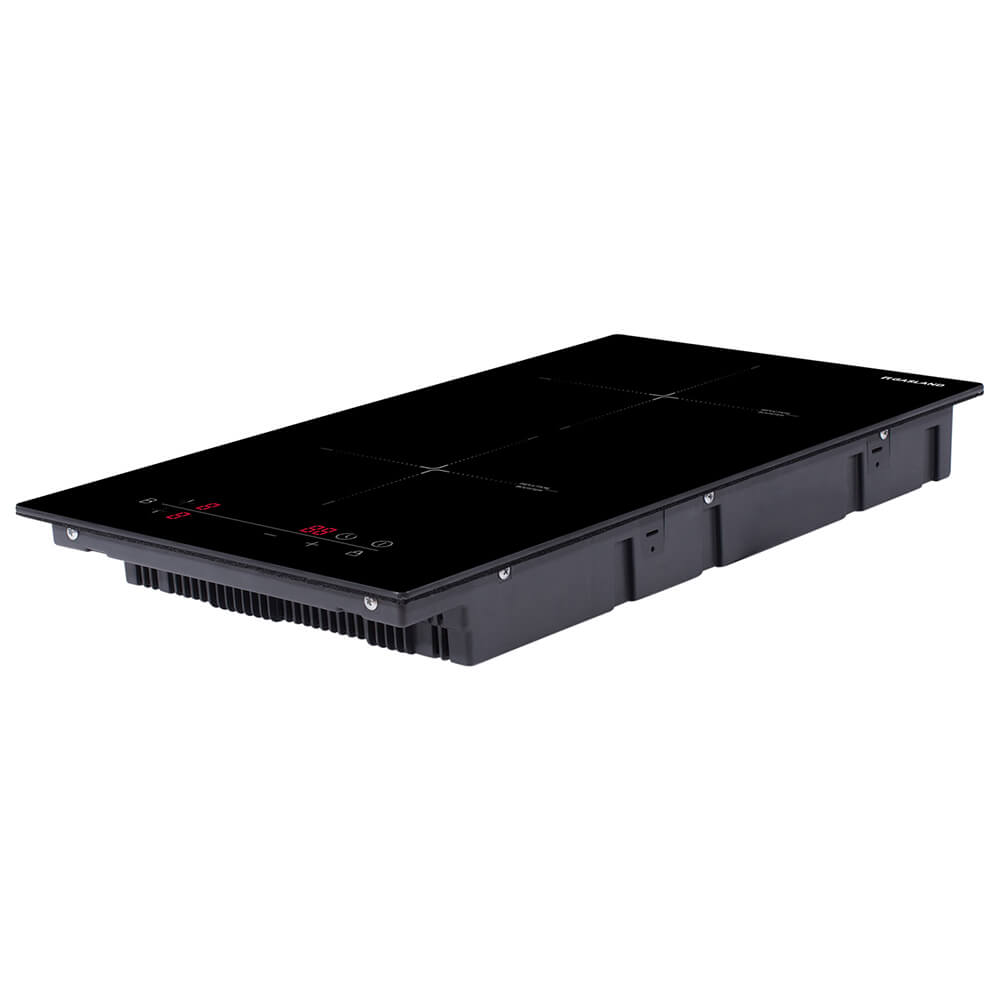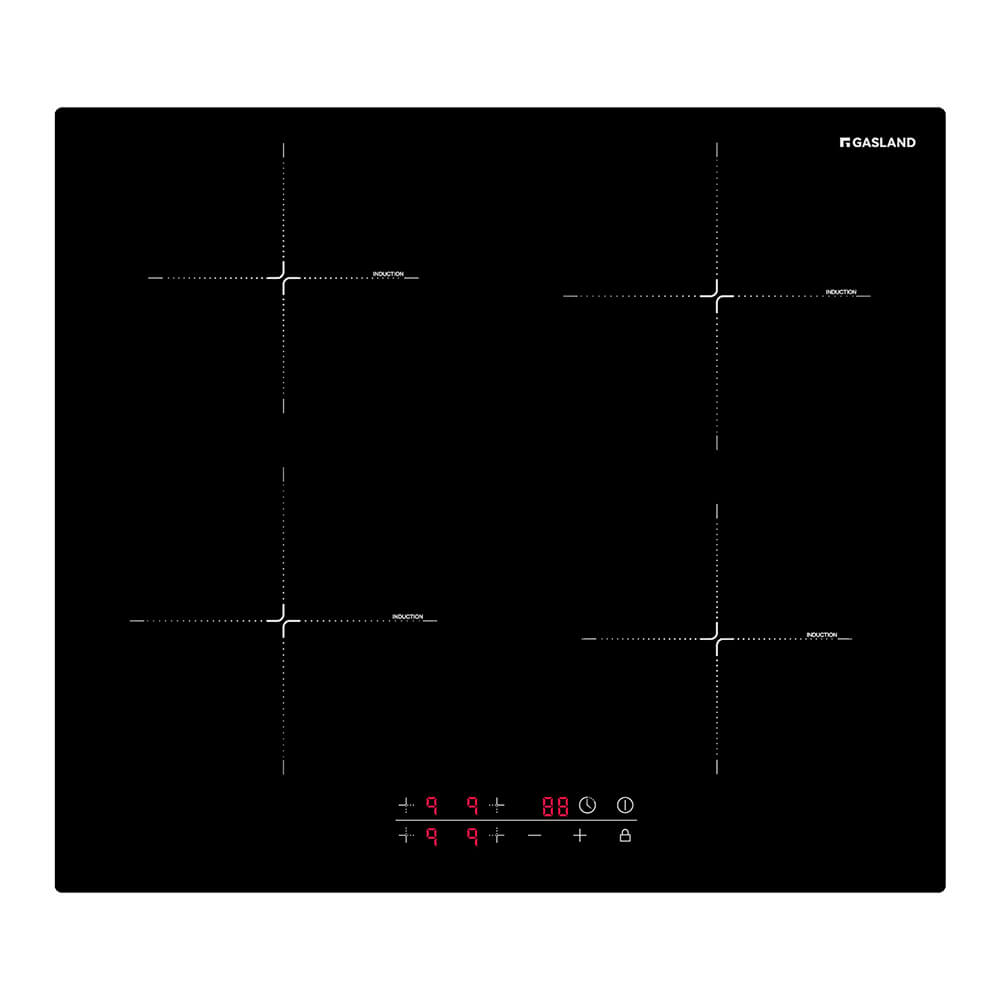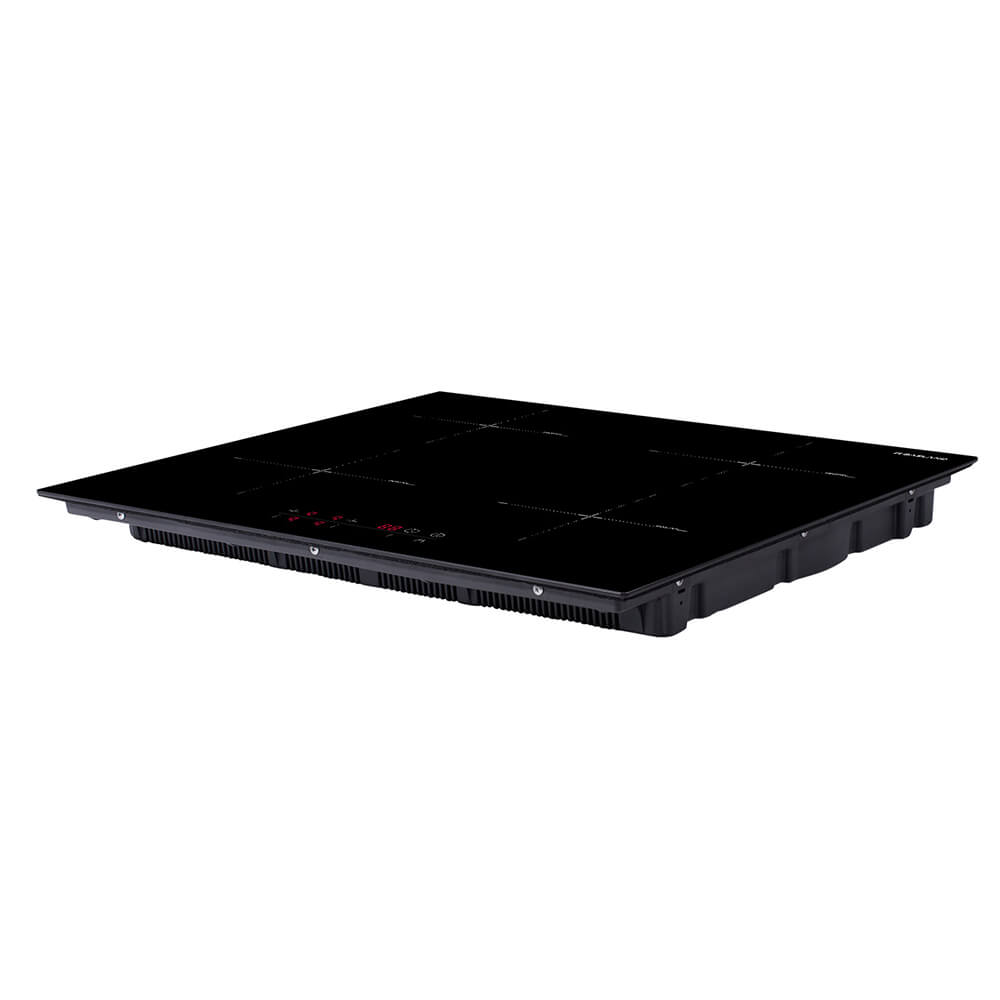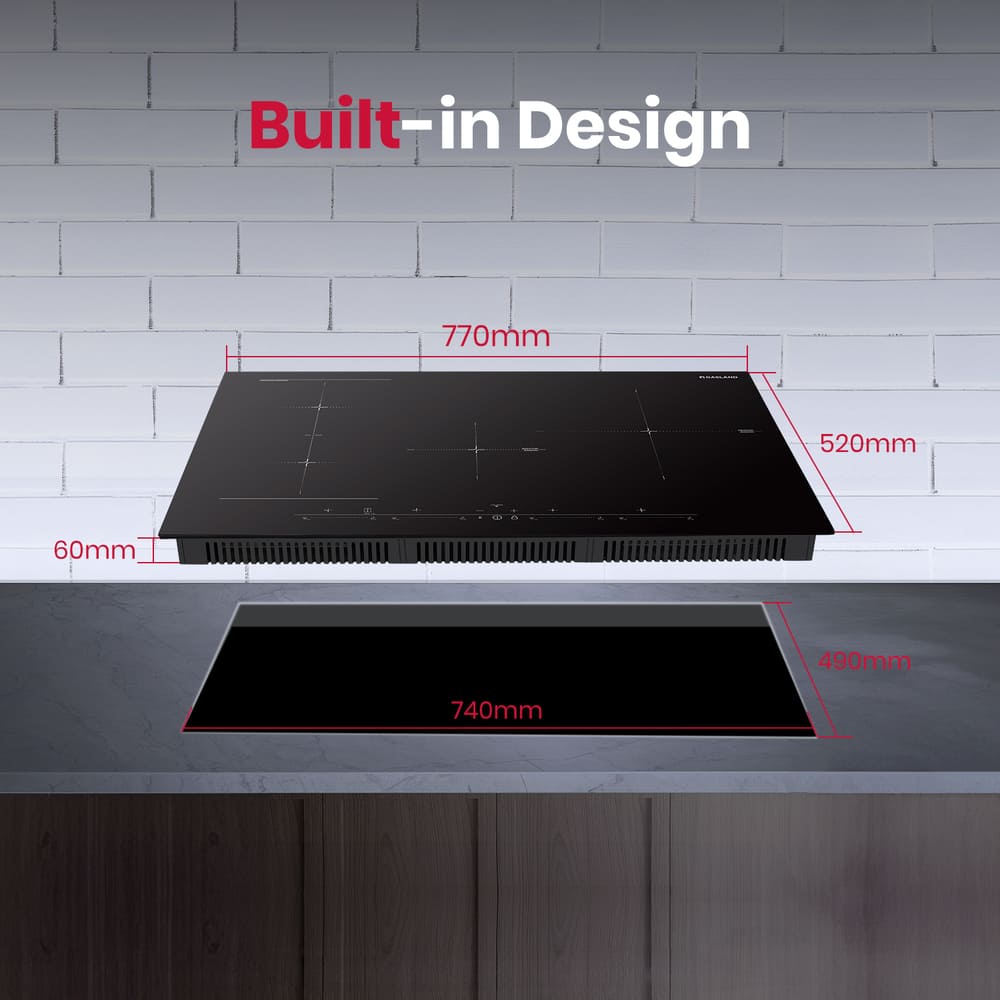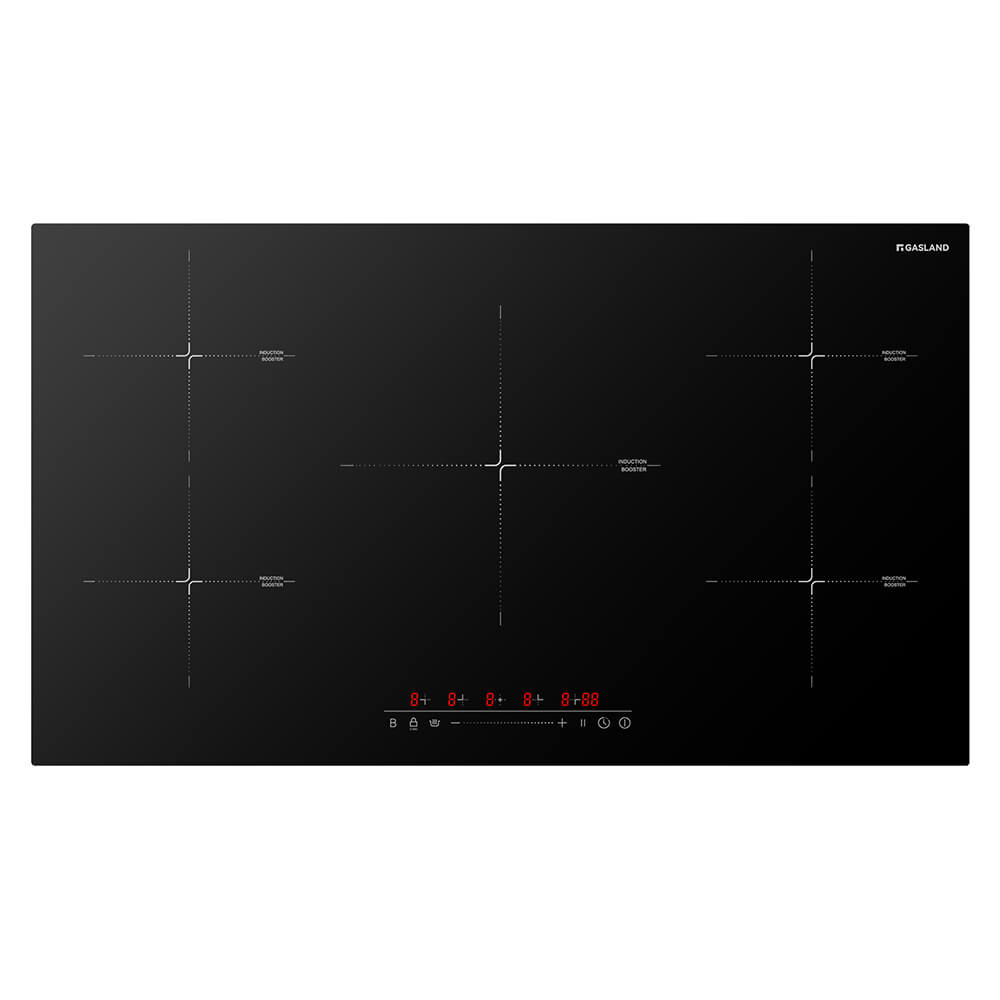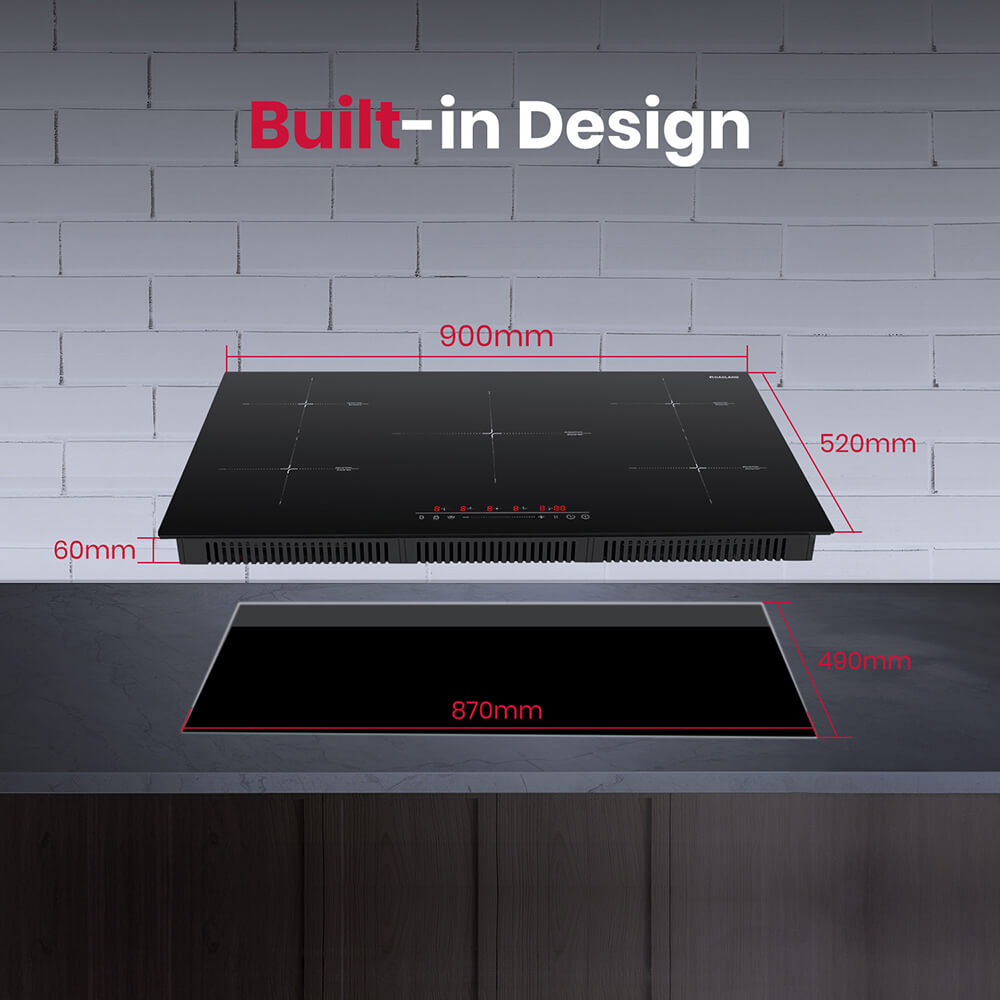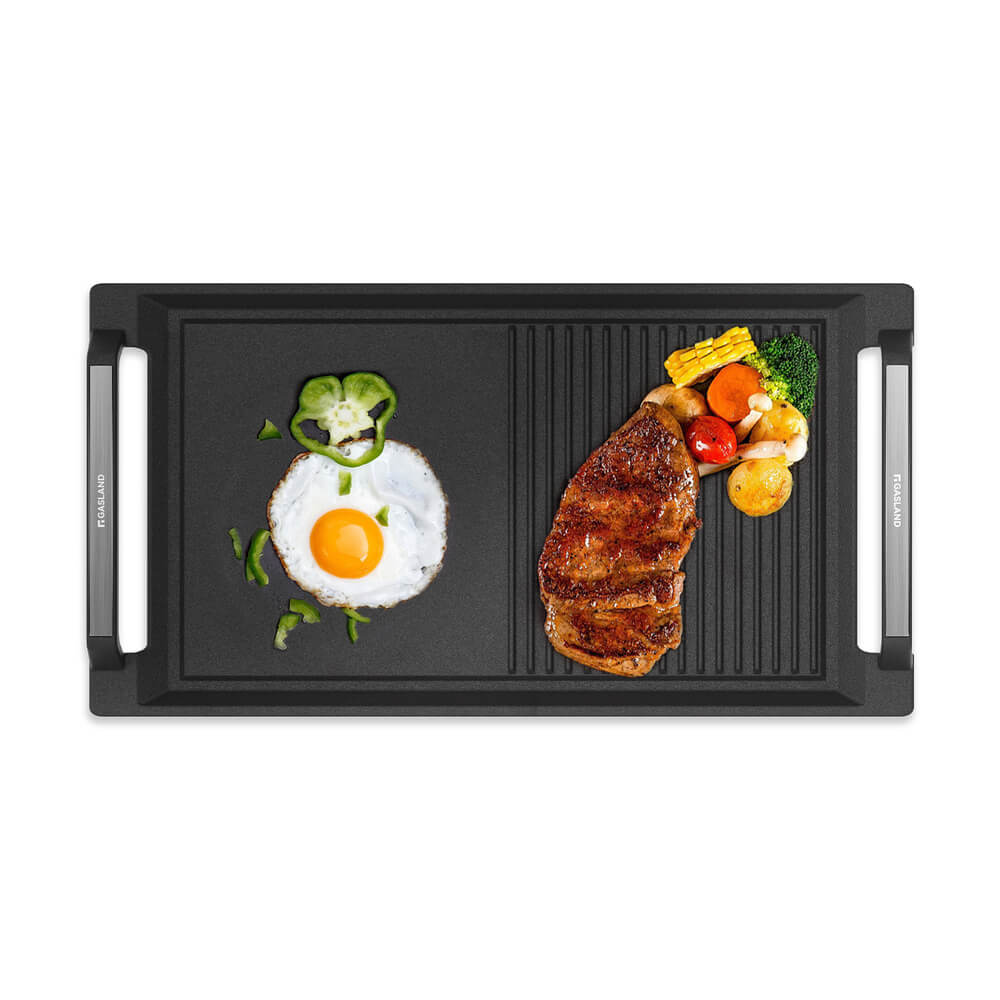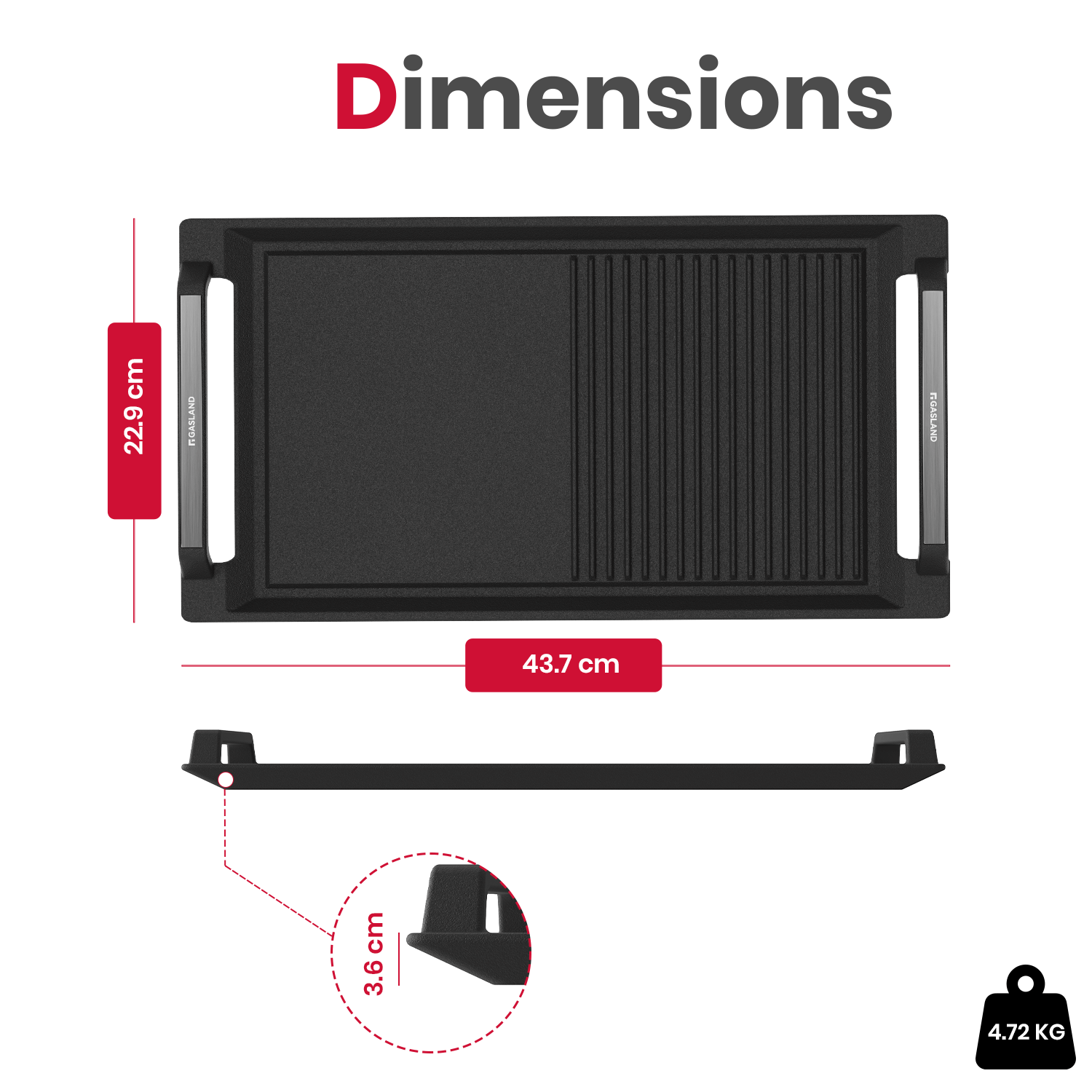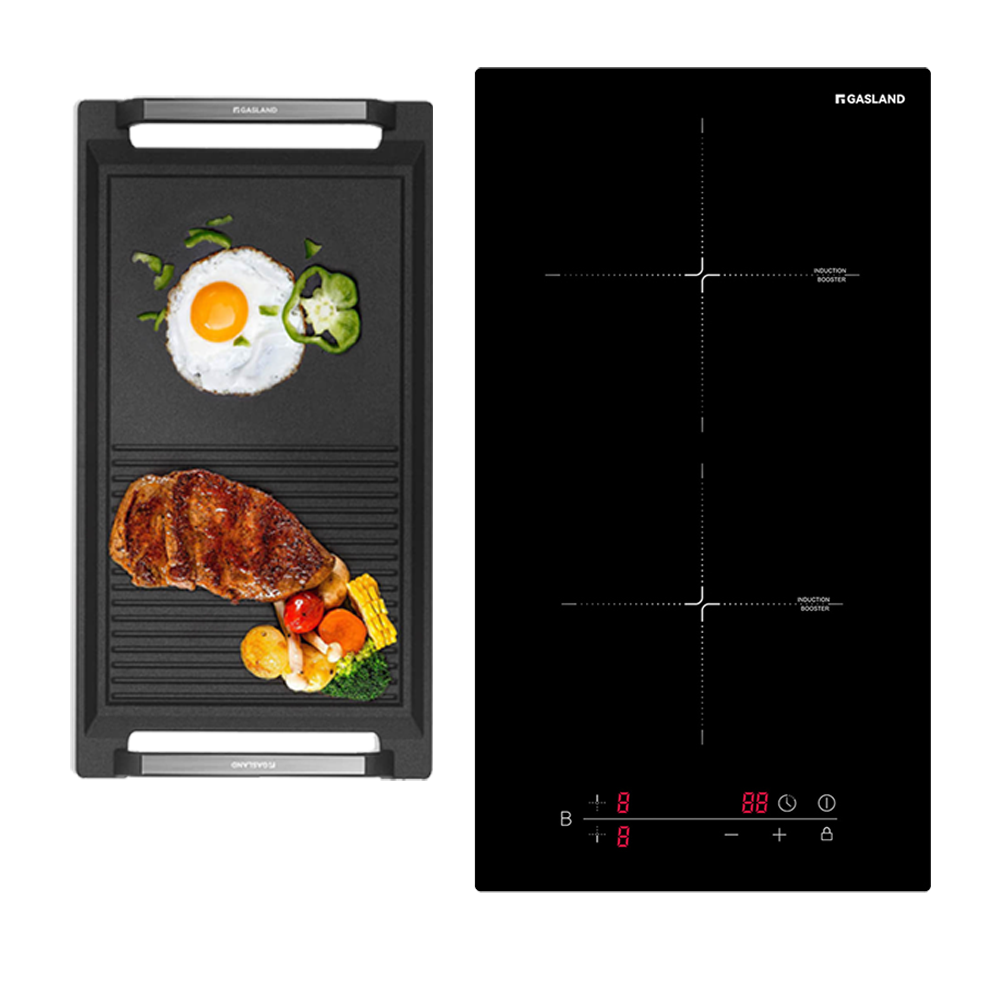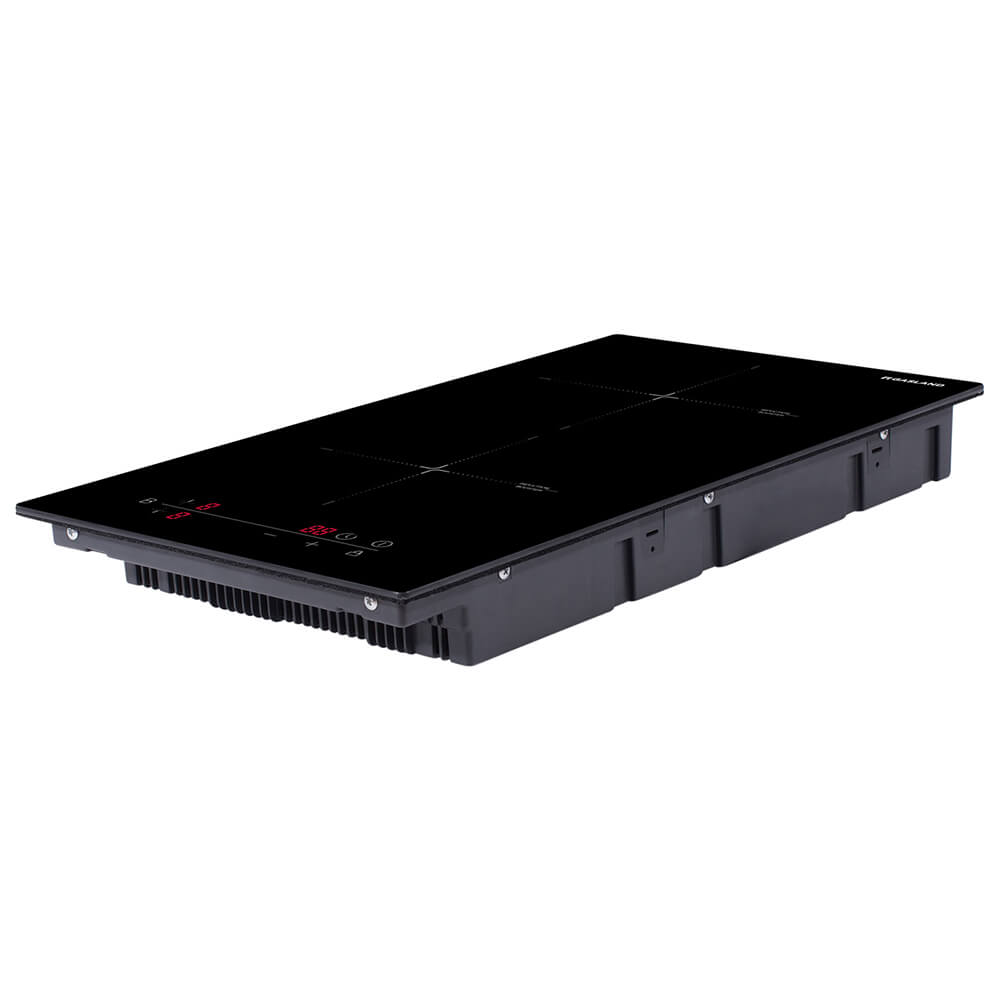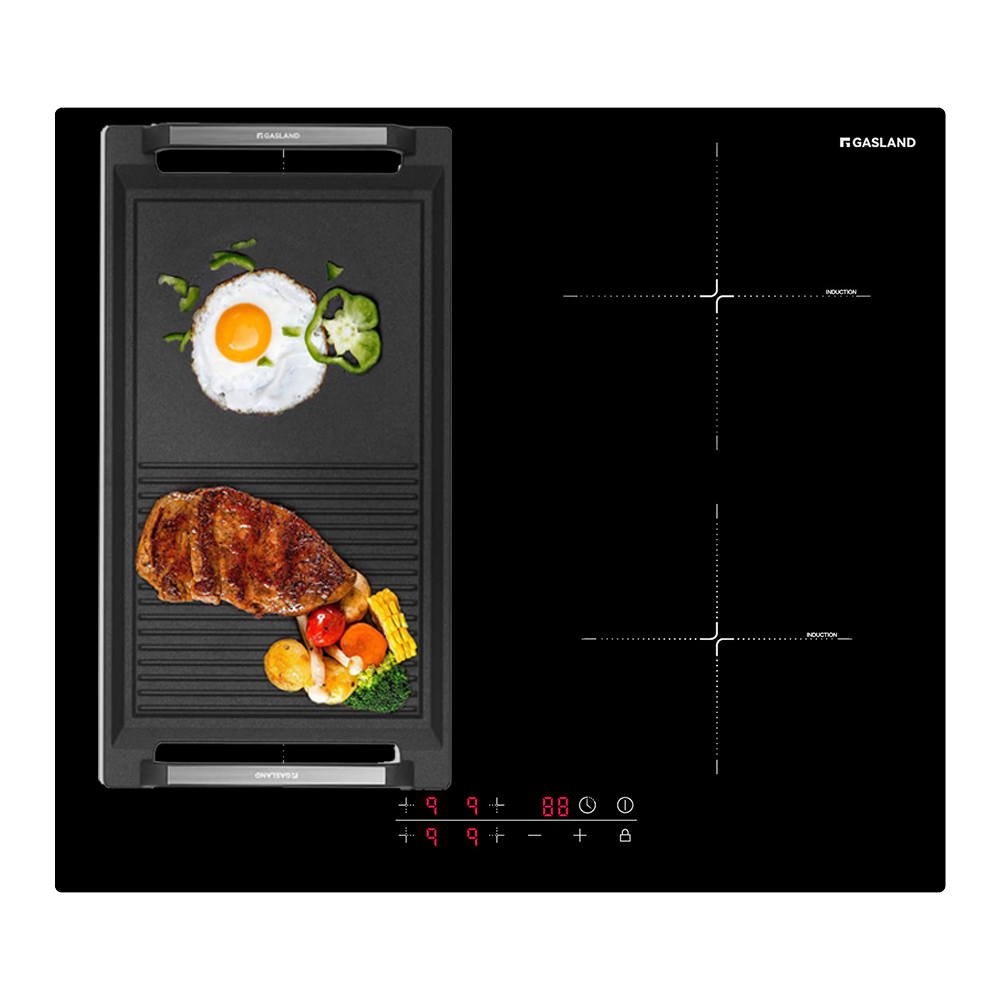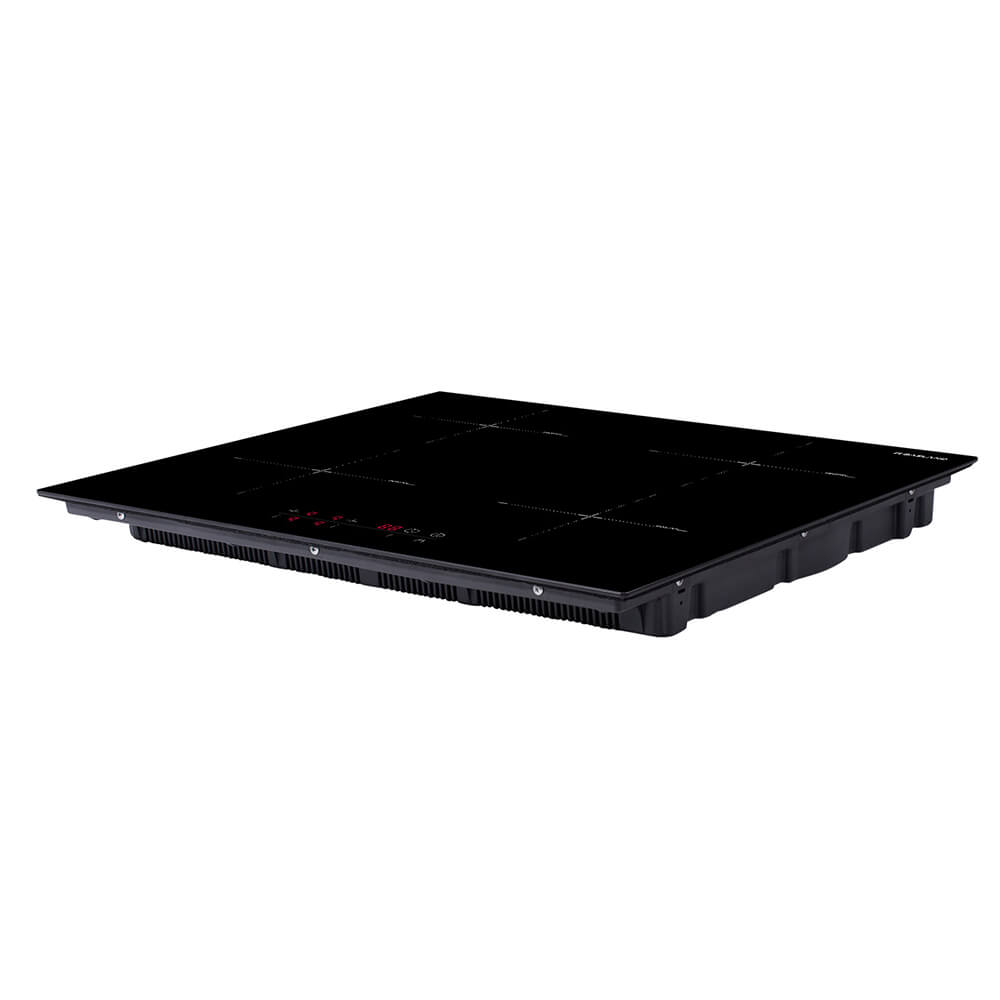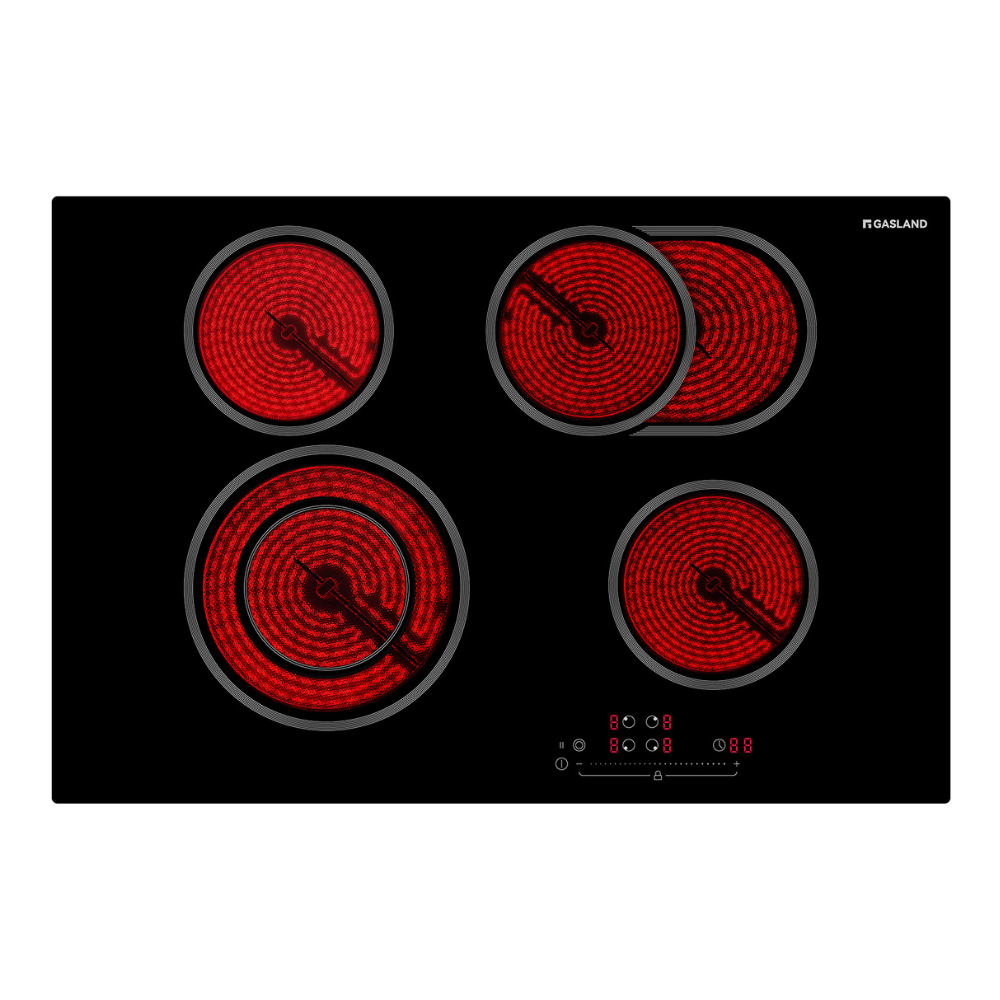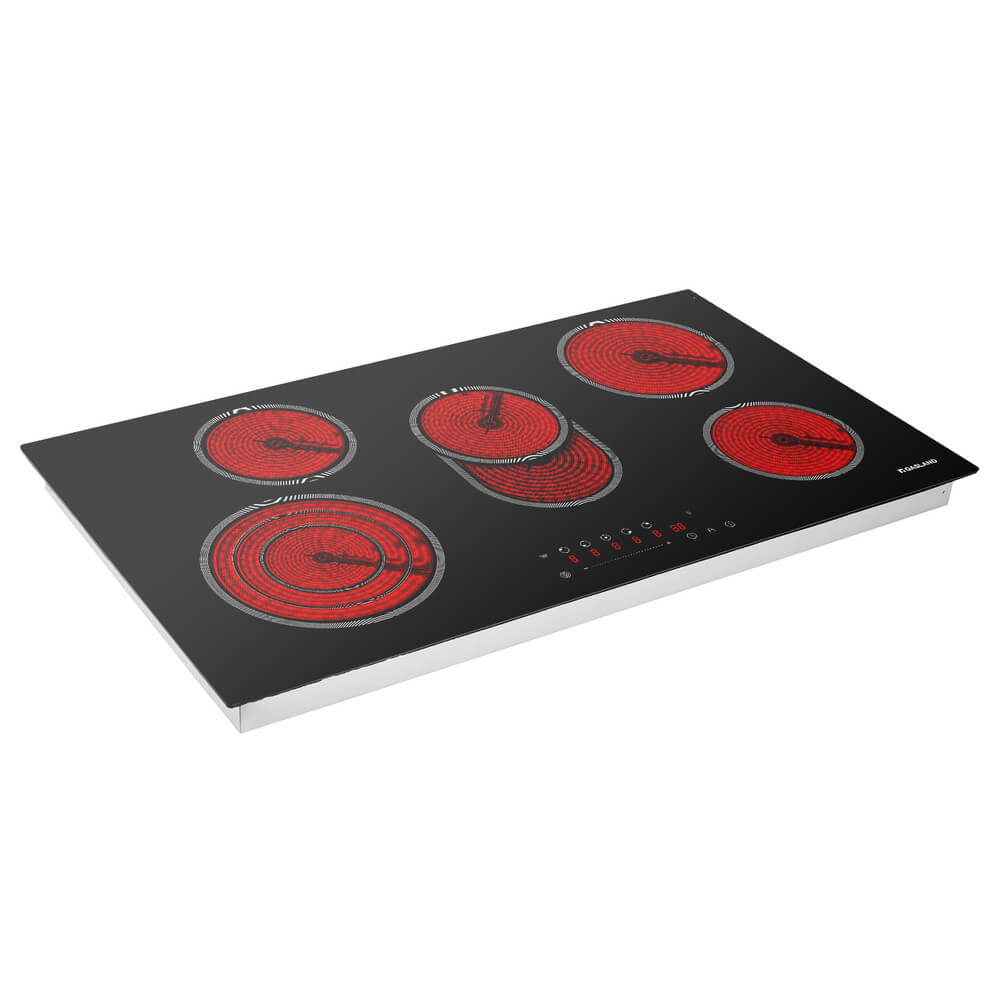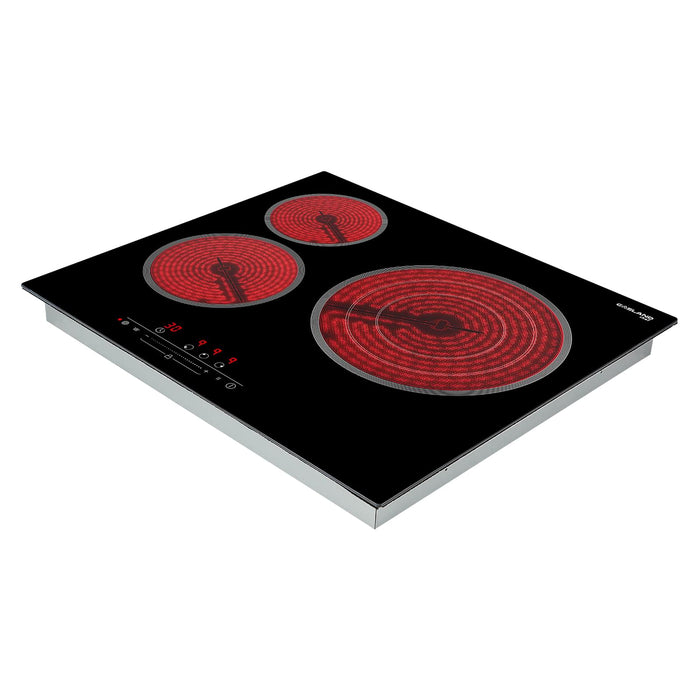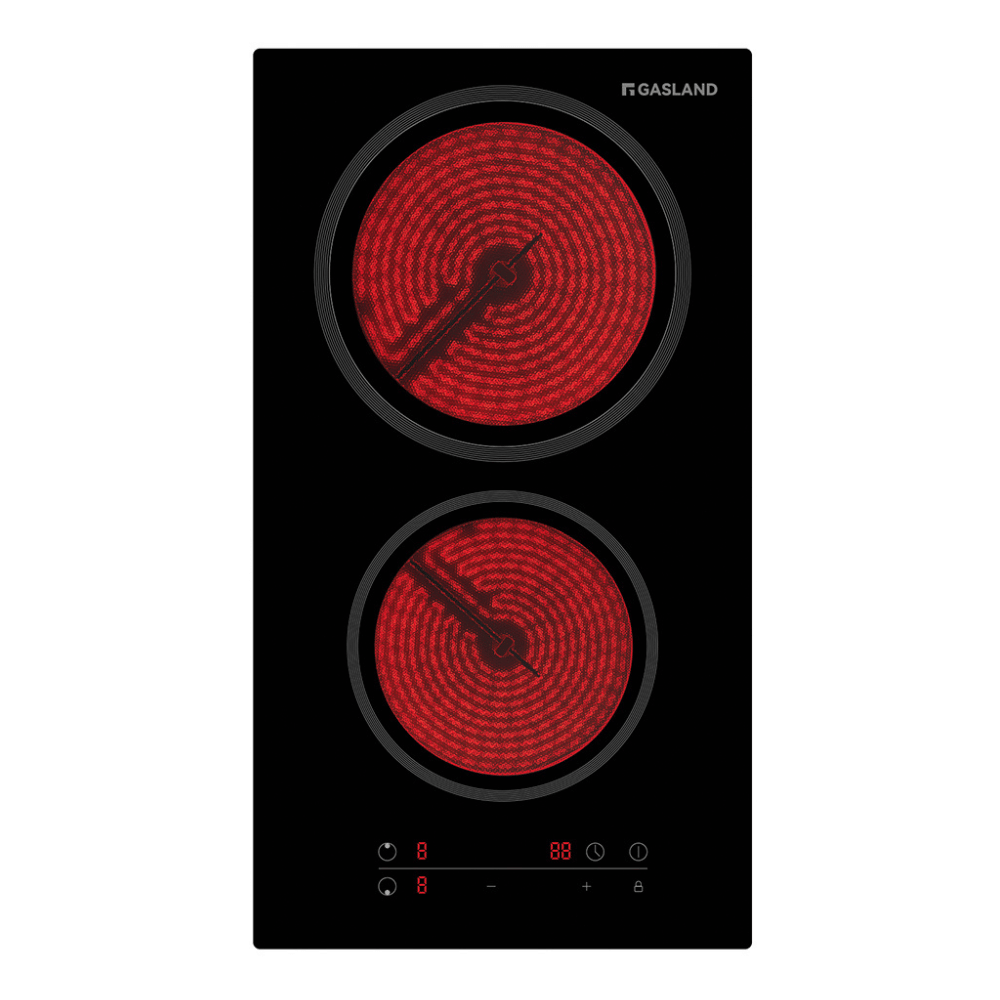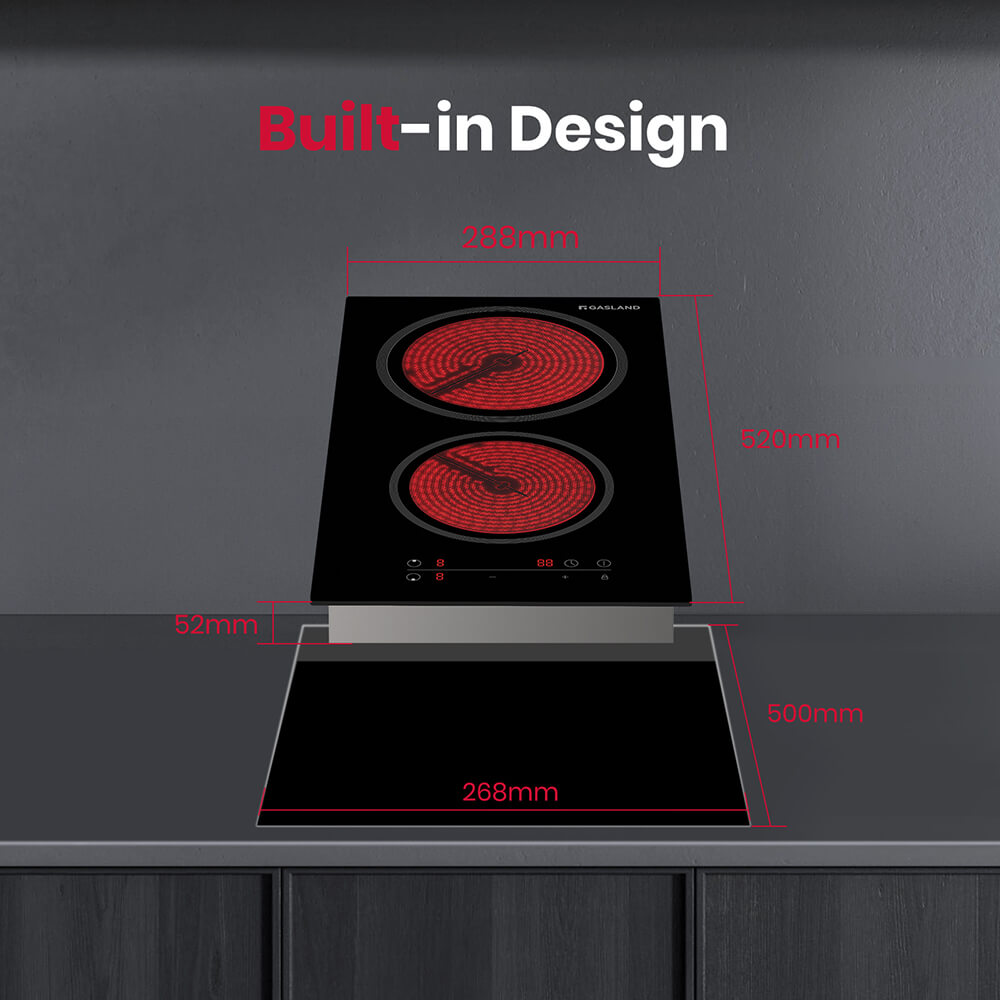When it involves choosing appliances for a kitchen there's one for nearly any task. choosing a cooktop may be a lot harder than it wont to be.
Nowadays there are options for nearly everything, and one of the most important choices consumers are faced with is what sort of cooktop, from gas to electric or maybe induction.
We've weakened the differences between the three main choices and highlighted the pros and cons that accompany each style.
What is an electric cooktop?
An electric cooktop is a very common type of cooktop and generally comes in two options: a smooth top (which is usually ceramic glass) with a hidden element, or a coil heat element on top.
Pros of electric:
- Generally an electric cooktop is the cheapest option to buy.
- A continuous surface means it's easy to clean, and dirt or grime won't get stuck in cracks or joins.
- Useful for cooking food that requires a low temperature, like melting chocolate.
Cons of electric:
- The ceramic glass or heating elements hold heat even after being switched off, which makes it the most dangerous option out of the three. Although, many electric cooktops come with warning lights that let you know that it is still hot.
- Slower to respond to changes in temperature, for example turning the heat down.
- Food spills can bake on, so they need to be cleaned quickly. The continued edge means there's no lip and if something boils over or spills it won't be contained.
- Electric is also less instantly controllable than gas.
What is a gas cooktop?
Gas is also a common type of cooktop and has better performance overall in terms of the output and precision of heat.
Pros of gas:
- Gas cooktops are able to achieve high heat much quicker than electric and turn off immediately.
- There is a visual gauge of temperature in the flame as you adjust the heat.
- There is also no loss of power — if the electricity goes out while you're cooking dinner, it won't be affected.
- With a gas cooktop you are open to more choices in design finish, including glass, stainless steel, enamel or cast iron.
- Specialty burners for cooking with a wok or grill plate are available.
- Gas cooking has now, by law, a flame fail feature, which means if the flame goes out for any reason the gas immediately shuts off.
Cons of gas:
- It can be bulky and difficult to clean around the rivets once you get a spill or food mess on the cooktop.
- It requires a supply of gas, which can be a costly addition to a renovation if you need gas mains fitted in your kitchen, and it has to be done by a professional.
- There is a greater risk of a fire or combustion due to having an open flame.
What is induction cooktop?
Induction is one of the newest options in cooktops and while it utilises electricity as the fuel source, the difference is the heating element uses electromagnetism. A metal coil hidden under a smooth top surface works via a magnetic field that essentially turns the cookware into the heating element.
Pros of induction:
- Induction is the fastest cooking method and is just as controllable as gas.
- It is very quick to heat up, but responds instantly to temperature changes.
- Easy to clean because it is a flat glass surface.
- Induction is the safest option of the three, which is something to consider in a family home. Food is cooked via the heat of the cookware, not the cooktop itself, meaning it doesn't heat up as much as gas or electric. Within minutes of turning off a burner the heat is drastically reduced in the pan and cooktop, making burns less likely.
- A flat glass cooktop is an attractive addition to the kitchen and can look very stylish.
Cons of induction:
- Induction is generally more expensive than electric or gas cooktops because it is a relatively new technology.
- You need specific cookware for induction cooking or your food won't cook. This may mean investing in pots, pans and other items that are compatible with induction cooking.
Different types of cooktop have corresponding advantages and disadvantages, so choose the type that best suits your needs. Hope you enjoy cooking in your daily life.



